Or
"When it rains, it ruins..."
We found ourselves quite dazed as we stumbling out of our overnight bus & hoist our backpacks for the umpteenth time in an unfamiliar town. Blinking in the harsh desert sunlight we look around trying to take account of our surroundings. This town went by the name of "Huanchaco". Never heard of it? Neither had we...
An entirely pleasant seaside town populated by just the right ratio of tourists to locals for it to retain some of its fishing village roots, while providing some level of comfort for our road-weathered souls. The coastal fog that had plagued us the entire length of the Peruvian coast was, unfortunately, still swirling about us. But we discovered that a few brief but brilliant hours of sunlight bathed the town in the late afternoon - just enough to satiate our pasty whiteness. We easily fell into a rhythm of morning tours and afternoon strolls, followed by sunset drinks overlooking the pier and watching the locals expertly negotiate the surf in their traditional reed fishing boats.
"When it rains, it ruins..."
We found ourselves quite dazed as we stumbling out of our overnight bus & hoist our backpacks for the umpteenth time in an unfamiliar town. Blinking in the harsh desert sunlight we look around trying to take account of our surroundings. This town went by the name of "Huanchaco". Never heard of it? Neither had we...
An entirely pleasant seaside town populated by just the right ratio of tourists to locals for it to retain some of its fishing village roots, while providing some level of comfort for our road-weathered souls. The coastal fog that had plagued us the entire length of the Peruvian coast was, unfortunately, still swirling about us. But we discovered that a few brief but brilliant hours of sunlight bathed the town in the late afternoon - just enough to satiate our pasty whiteness. We easily fell into a rhythm of morning tours and afternoon strolls, followed by sunset drinks overlooking the pier and watching the locals expertly negotiate the surf in their traditional reed fishing boats.
Just a dozen kilometers inland is the substantially-sized city of Trujillo, with a tranquil colonial-style plaza providing safe haven from the carnivorous mototaxis that prowl the surrounding streets in search of their next fare. The region is known for its pre-Colombian ruins, buried for centuries by sand, with brilliant discoveries being made every few years, to the point that our Lonely Planet 2007 Ed. was almost ridicuously out-of-date.
The archaeological sites we visited were from different cultures ranging from a couple thousand years BC to about 1500AD. Many have been decimated by century after century of water erosion wrought by El Nino, bringing at times devastating floods to this otherwise arid desert area. From a tourist perspective this often left us looking at unimpressive mounds of soil, albiet many dozens of feet high and likely hiding untold treasures.
The museums at each site showcased an outstanding range of artwork from each culture; pottery, gold and silver jewellry, copper weapons. No photography was allowed making it difficult to convey the enjoyment we derived from seeing said artwork.
The archaeological sites we visited were from different cultures ranging from a couple thousand years BC to about 1500AD. Many have been decimated by century after century of water erosion wrought by El Nino, bringing at times devastating floods to this otherwise arid desert area. From a tourist perspective this often left us looking at unimpressive mounds of soil, albiet many dozens of feet high and likely hiding untold treasures.
The museums at each site showcased an outstanding range of artwork from each culture; pottery, gold and silver jewellry, copper weapons. No photography was allowed making it difficult to convey the enjoyment we derived from seeing said artwork.
Chan-Chan (Chimu culture) - The largest pre-Colombian city in South America covering some 20 sqkm and an estimated population of 30, 000. Only one complex within the city has been partially restored, the rest really is just mounds of soil with occasional walls still standing. But consider that the complex was surrounded by 50-60ft walls, with interior walls containing many hundreds of intricately carved patterns of fish, birds & mammals, realistic and geometric (think old-style atari computer games).
Huacas del Sol y Luna (Moche culture) - Two temples consisting of millions of adobe bricks and built distinct phases, each new phase built atop the previous level. This resulted in a boon for archaelogoists, preserving amazing multicolored murals. But also an interesting quandry - how to investigate new levels without destroying the outer shell.
Sipan (Moche Culture) - This site was made famous by the discovery of a mummy - the 'Lord of Sipan' - in a grave untouched by thieves and filled with treasure, evidently left there to assist the old chap with his transition into the afterlife.
El Brujo (Moche) - Discovered only recently, the 'Señora de Cao' could be described as South America's answer to Cleopatra. Judging by the elaborateness of her burial, this lady was evidently of the highest rank.
Sipan (Moche Culture) - This site was made famous by the discovery of a mummy - the 'Lord of Sipan' - in a grave untouched by thieves and filled with treasure, evidently left there to assist the old chap with his transition into the afterlife.
El Brujo (Moche) - Discovered only recently, the 'Señora de Cao' could be described as South America's answer to Cleopatra. Judging by the elaborateness of her burial, this lady was evidently of the highest rank.
| |





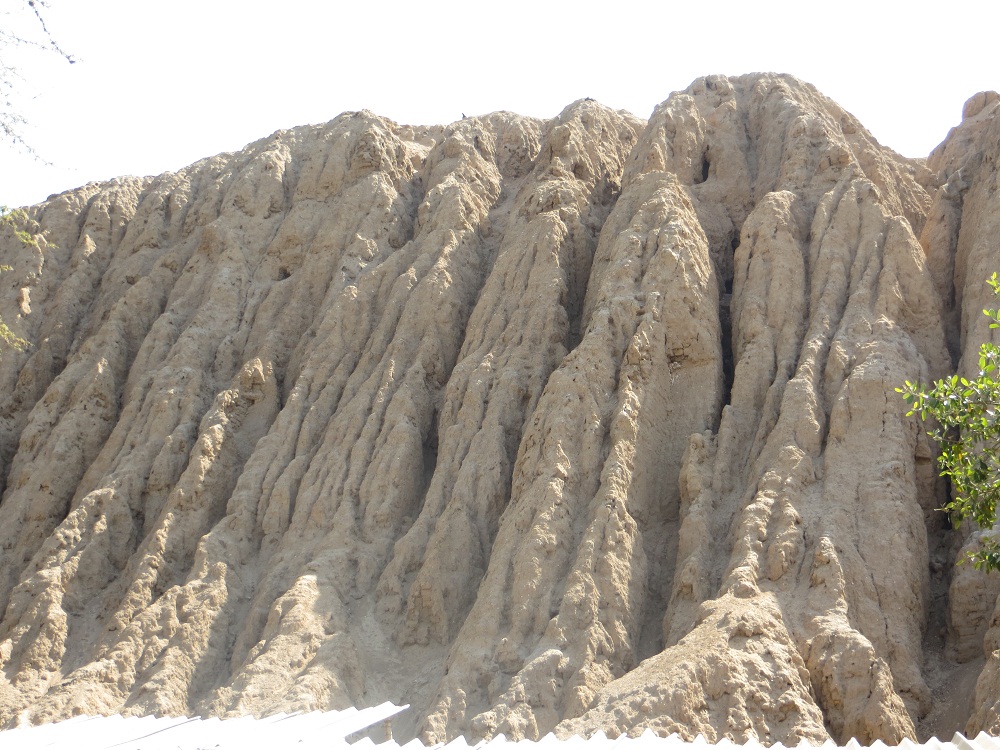
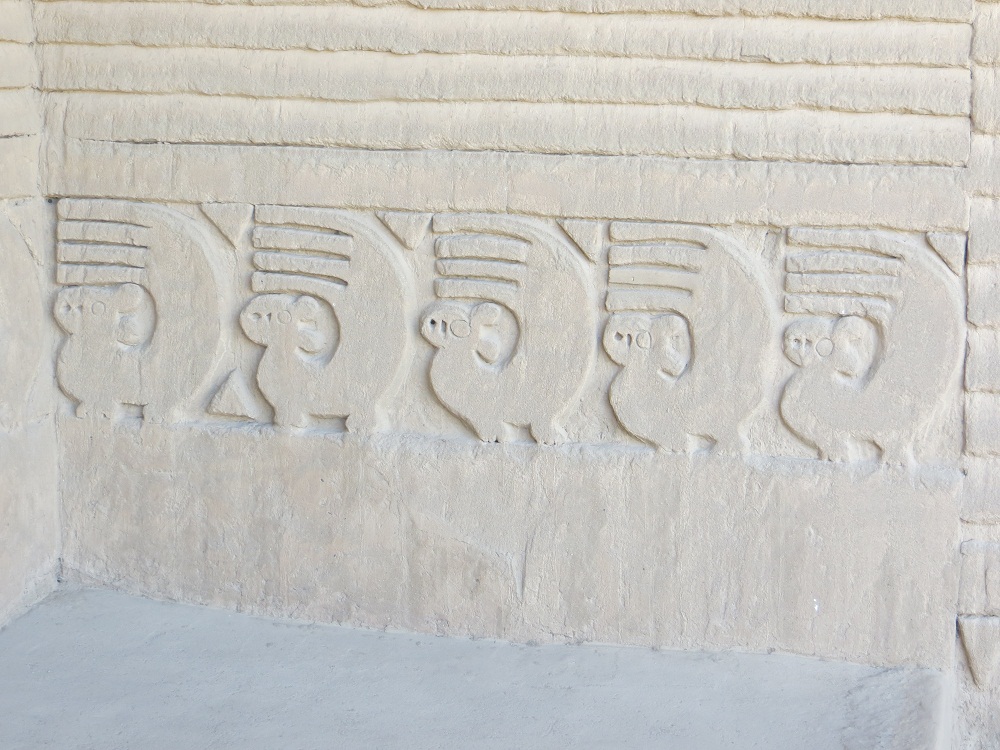
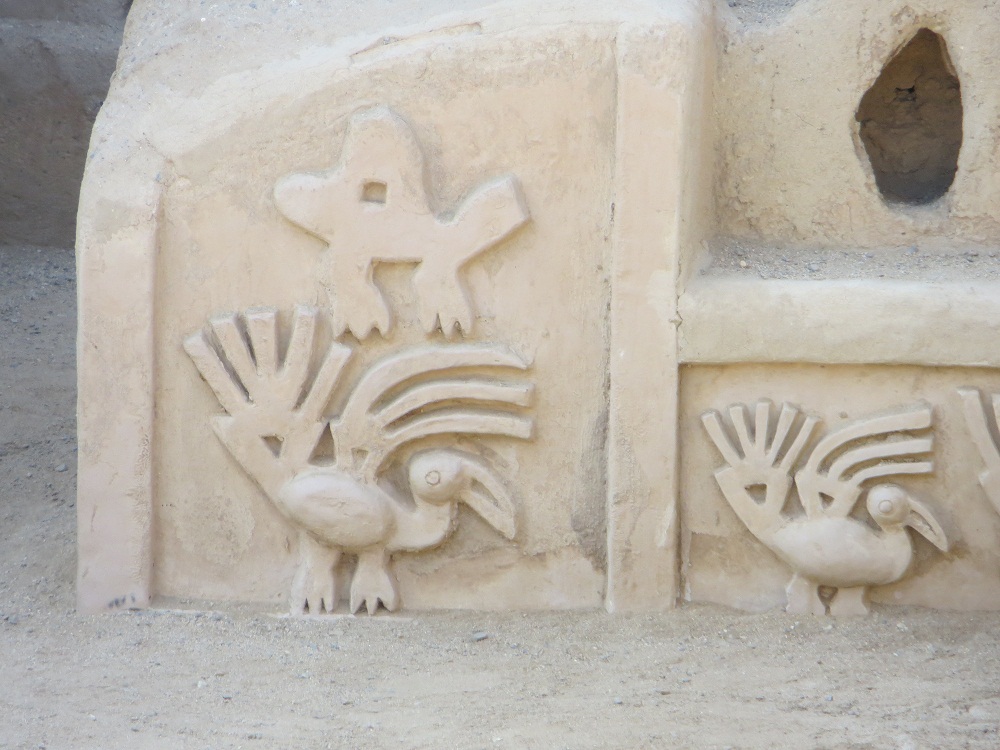
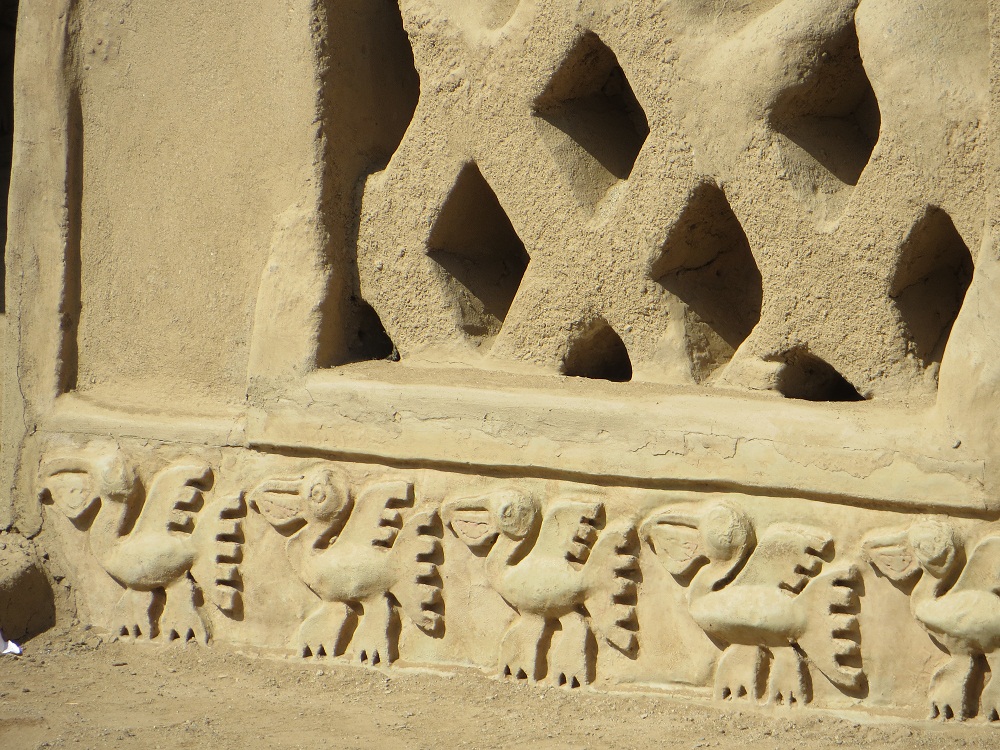
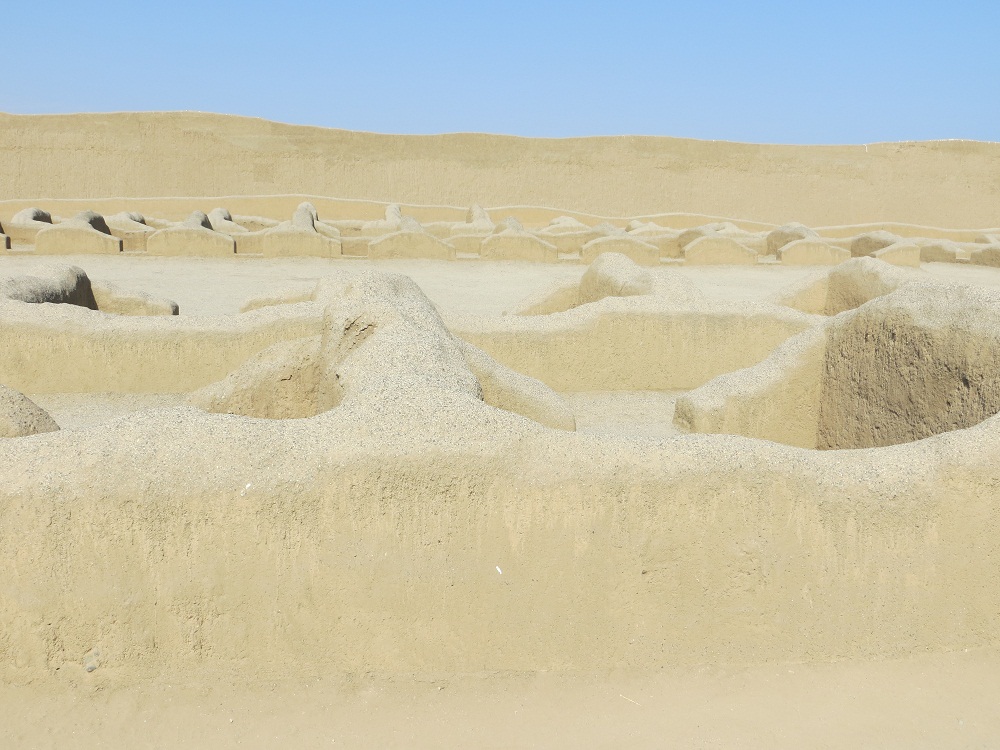

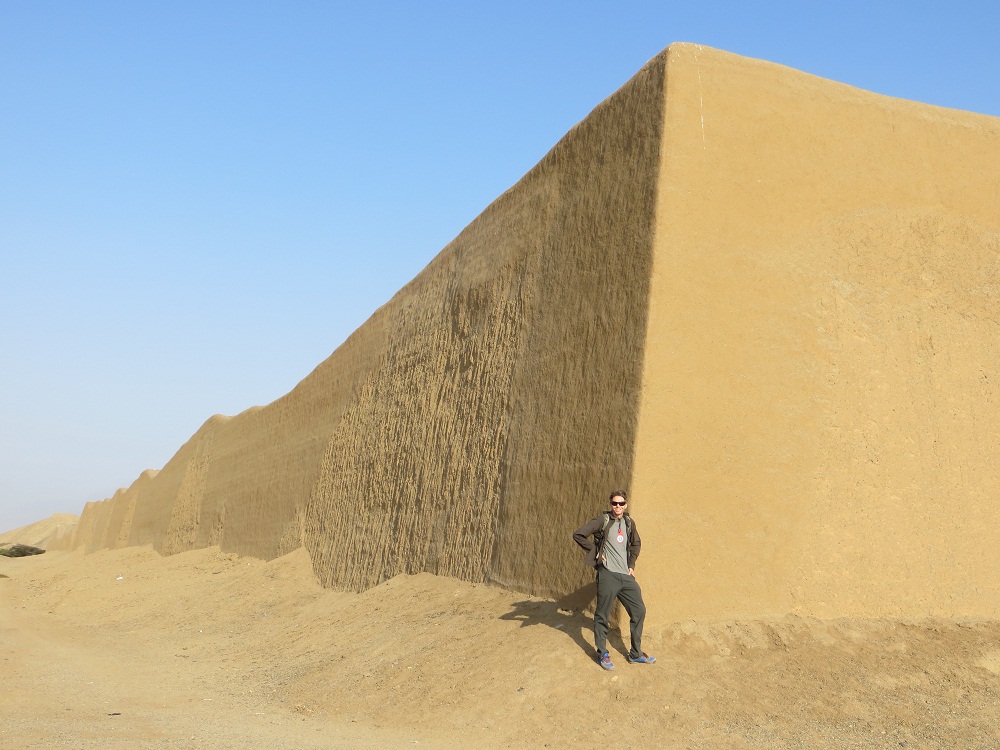
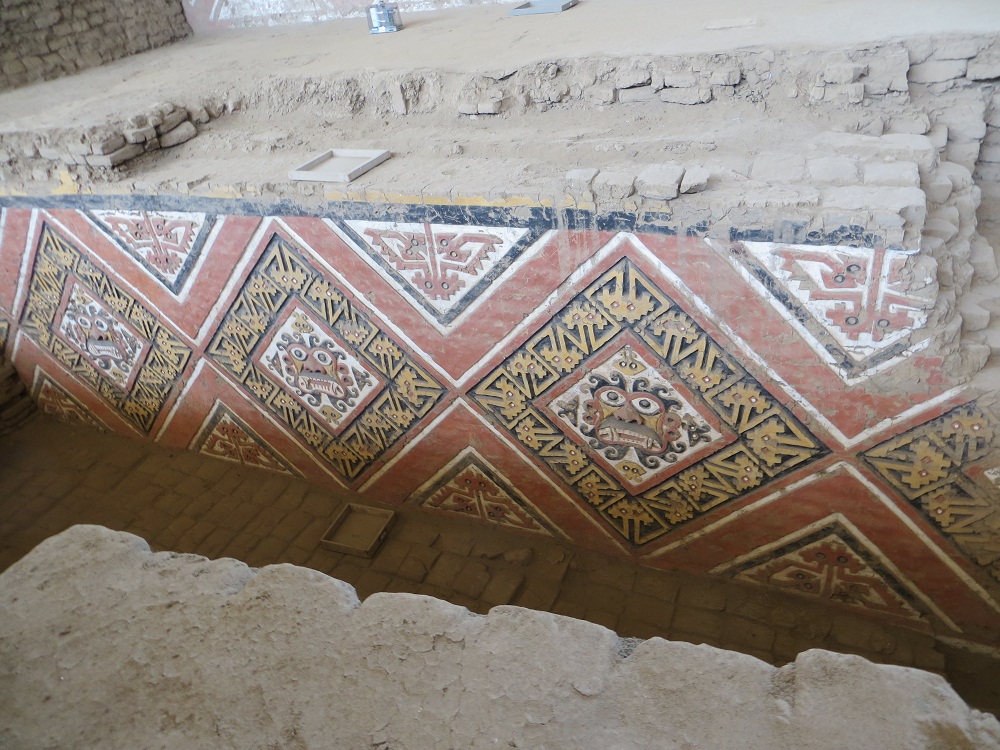

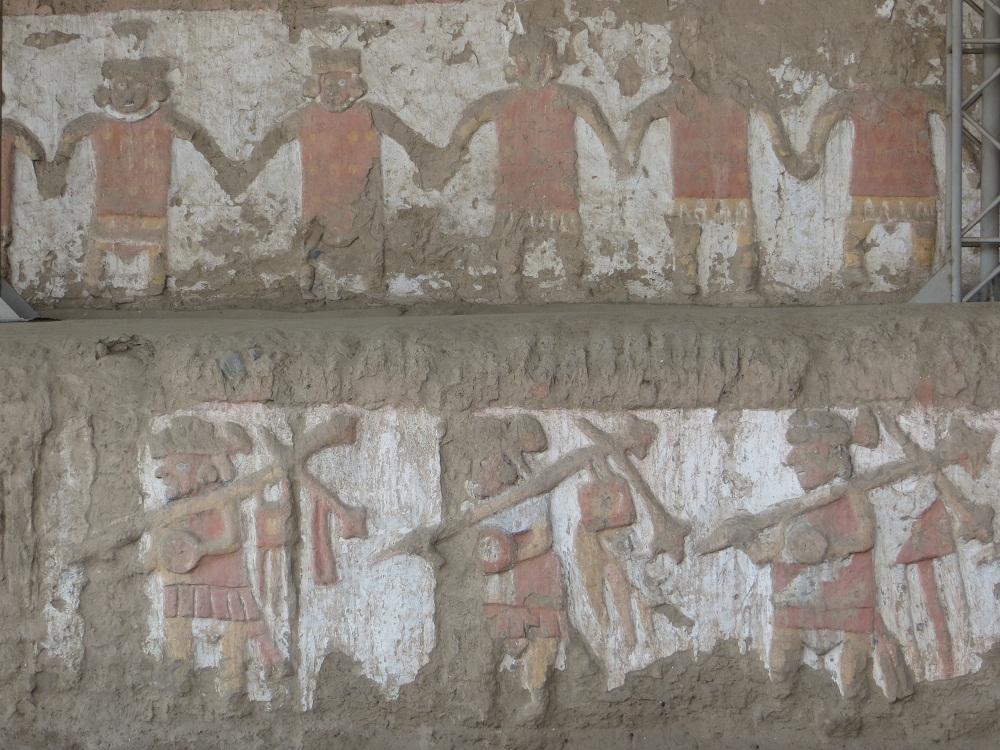
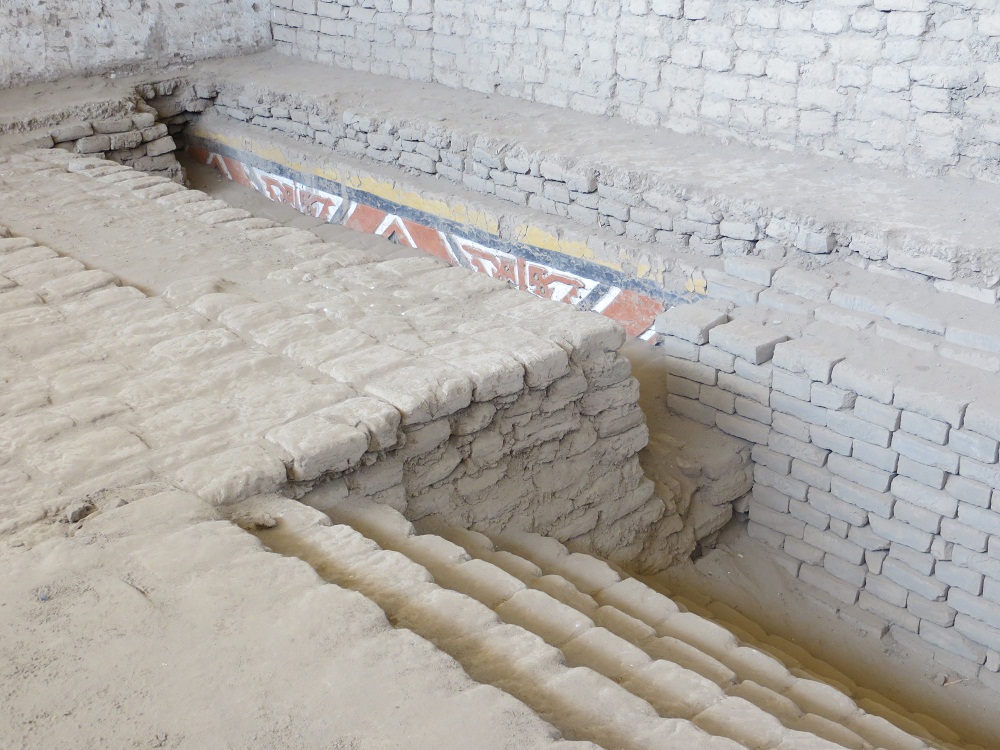
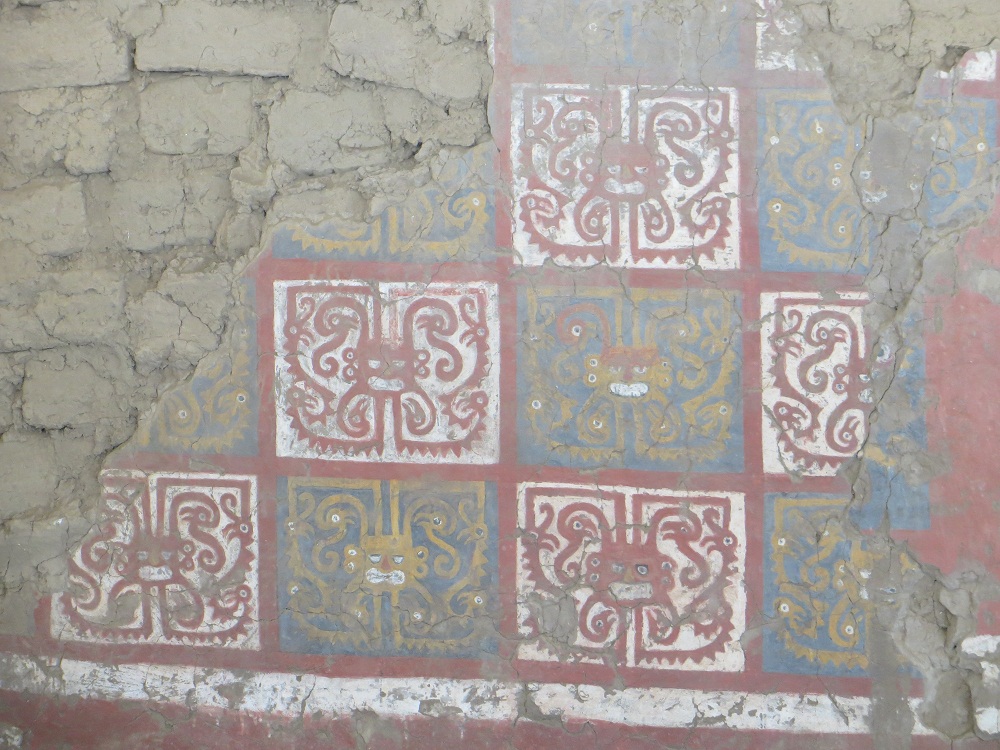

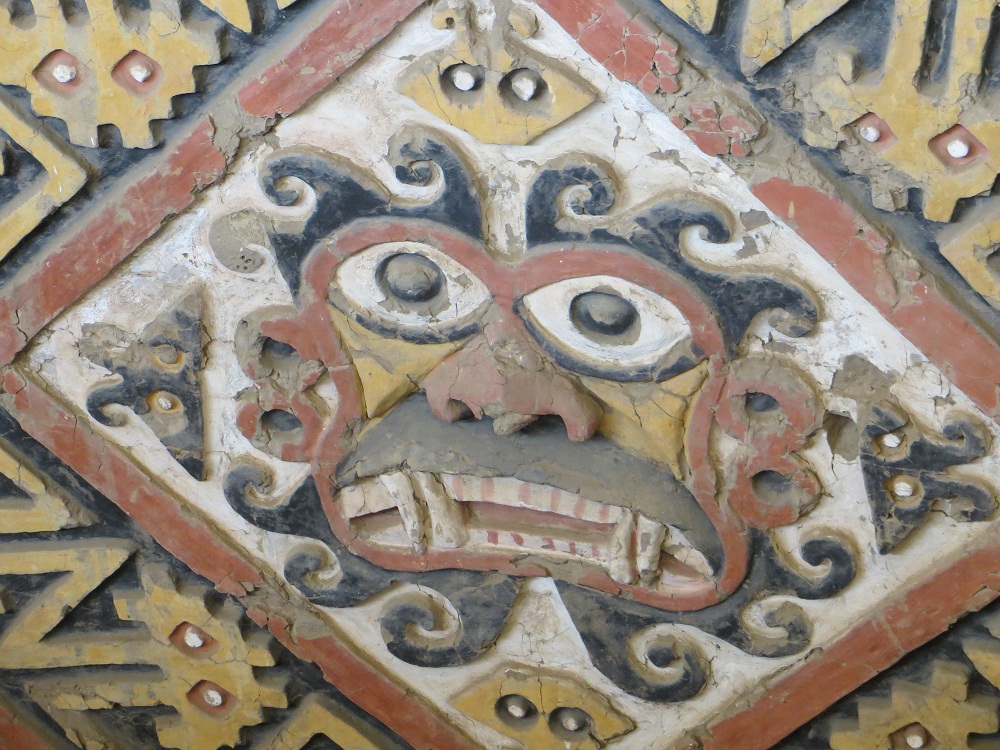


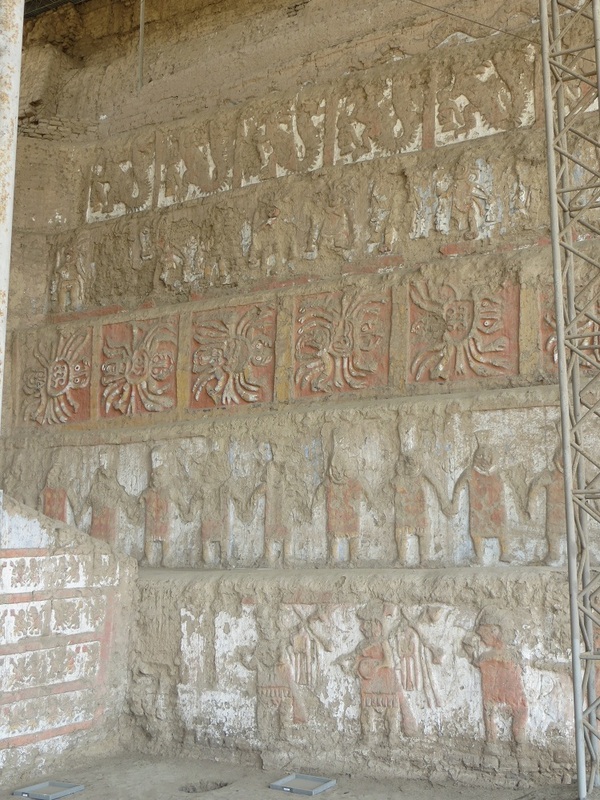
 RSS Feed
RSS Feed